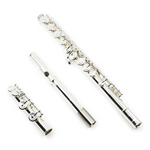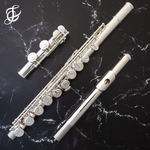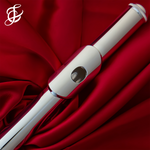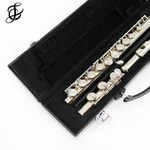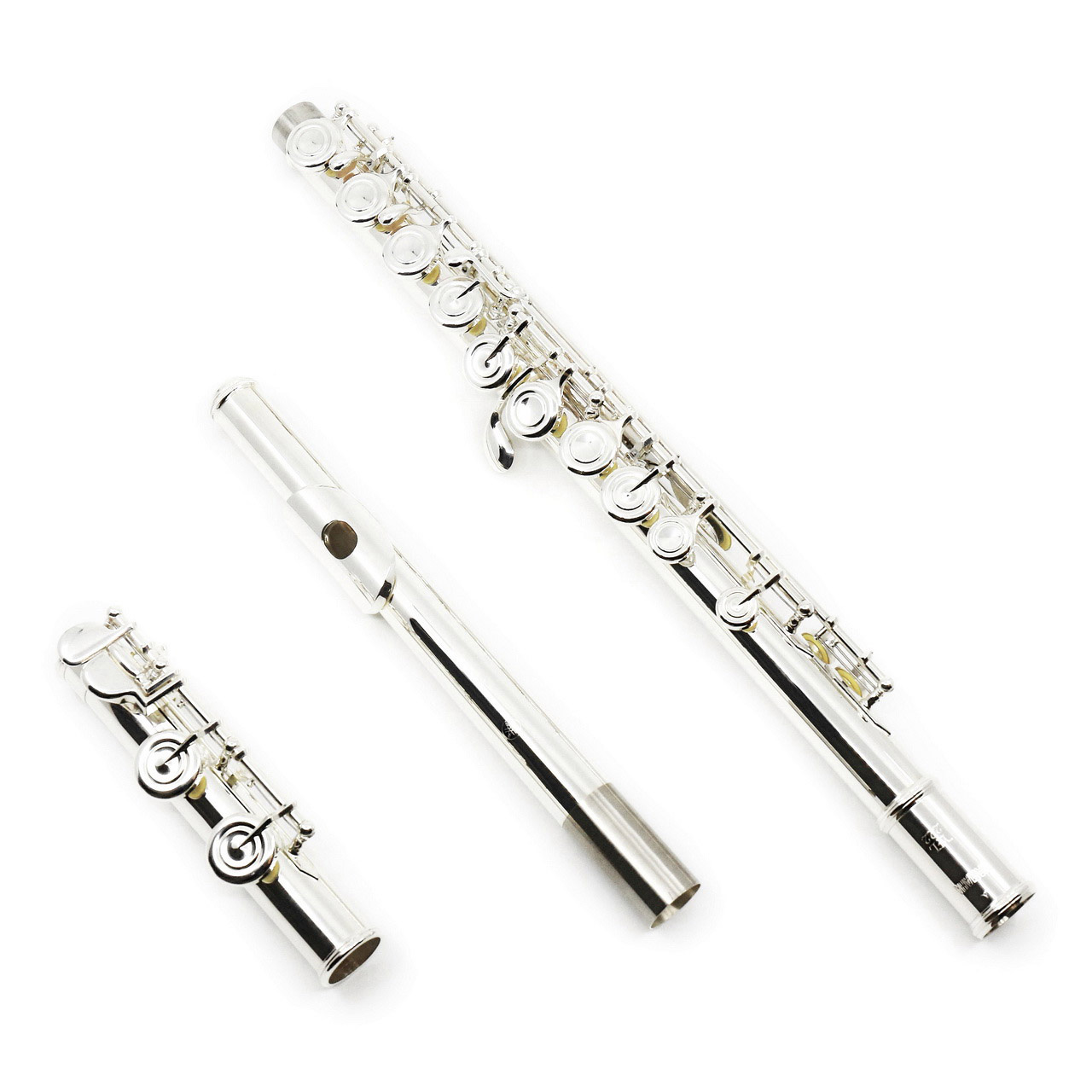
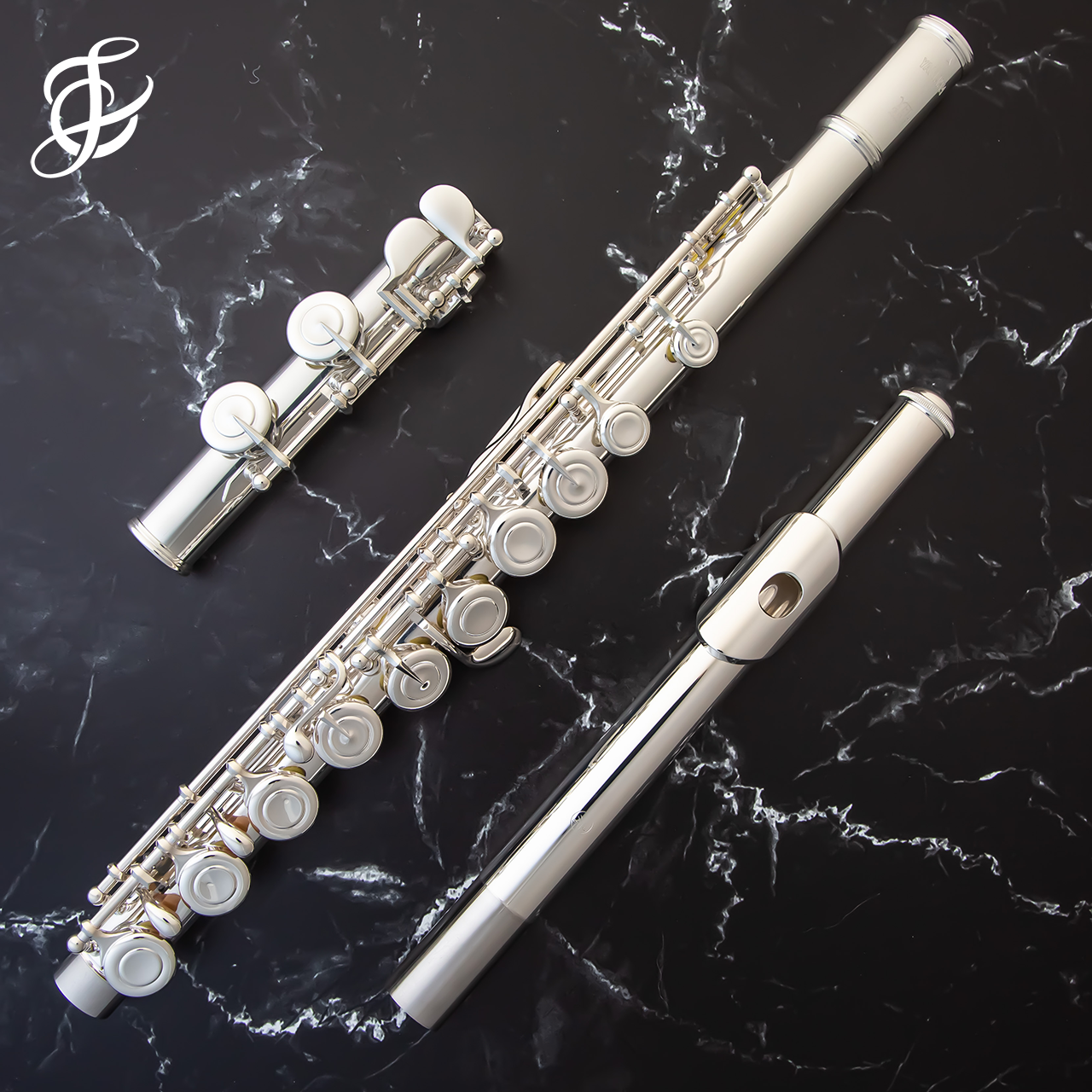
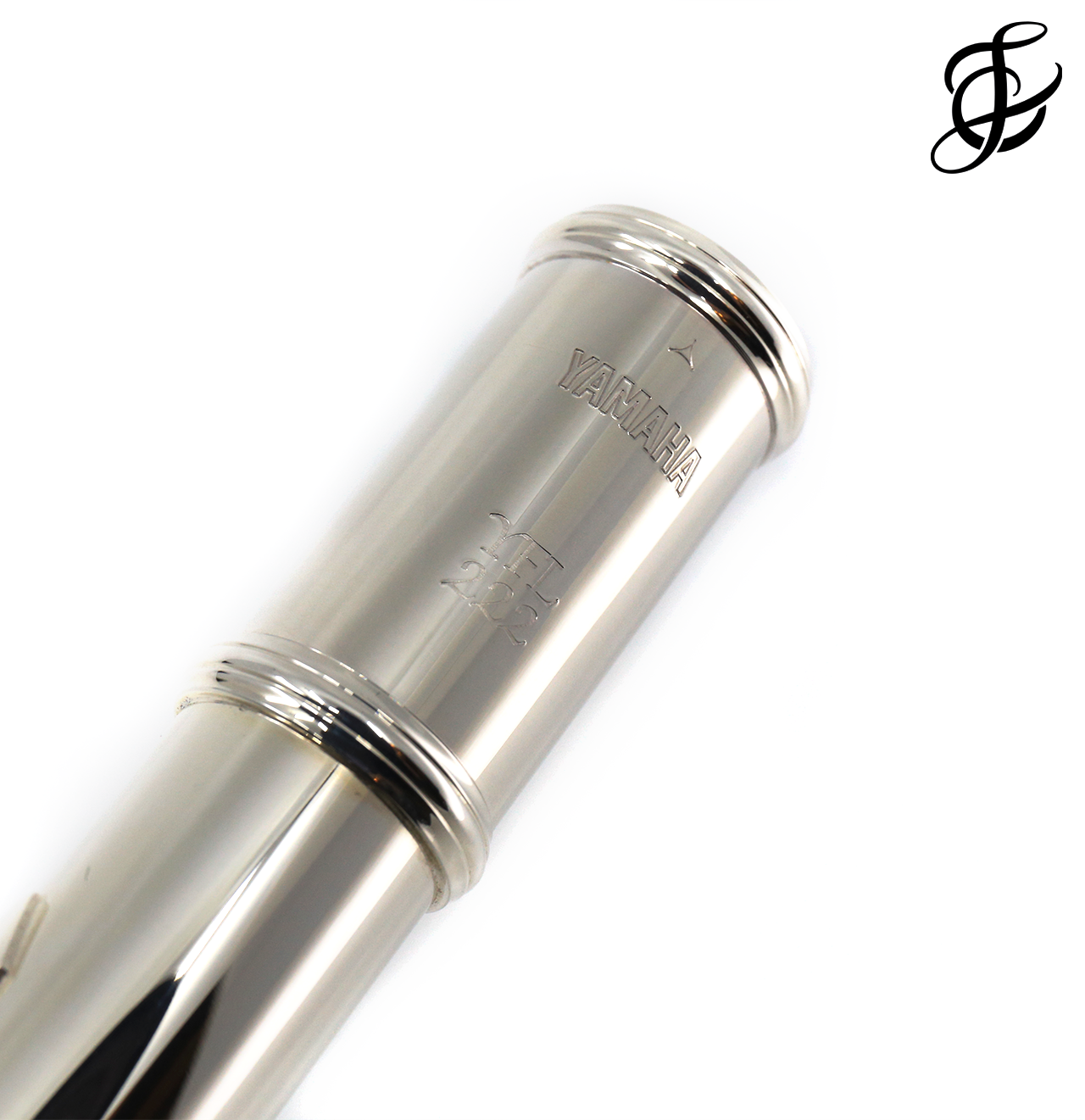
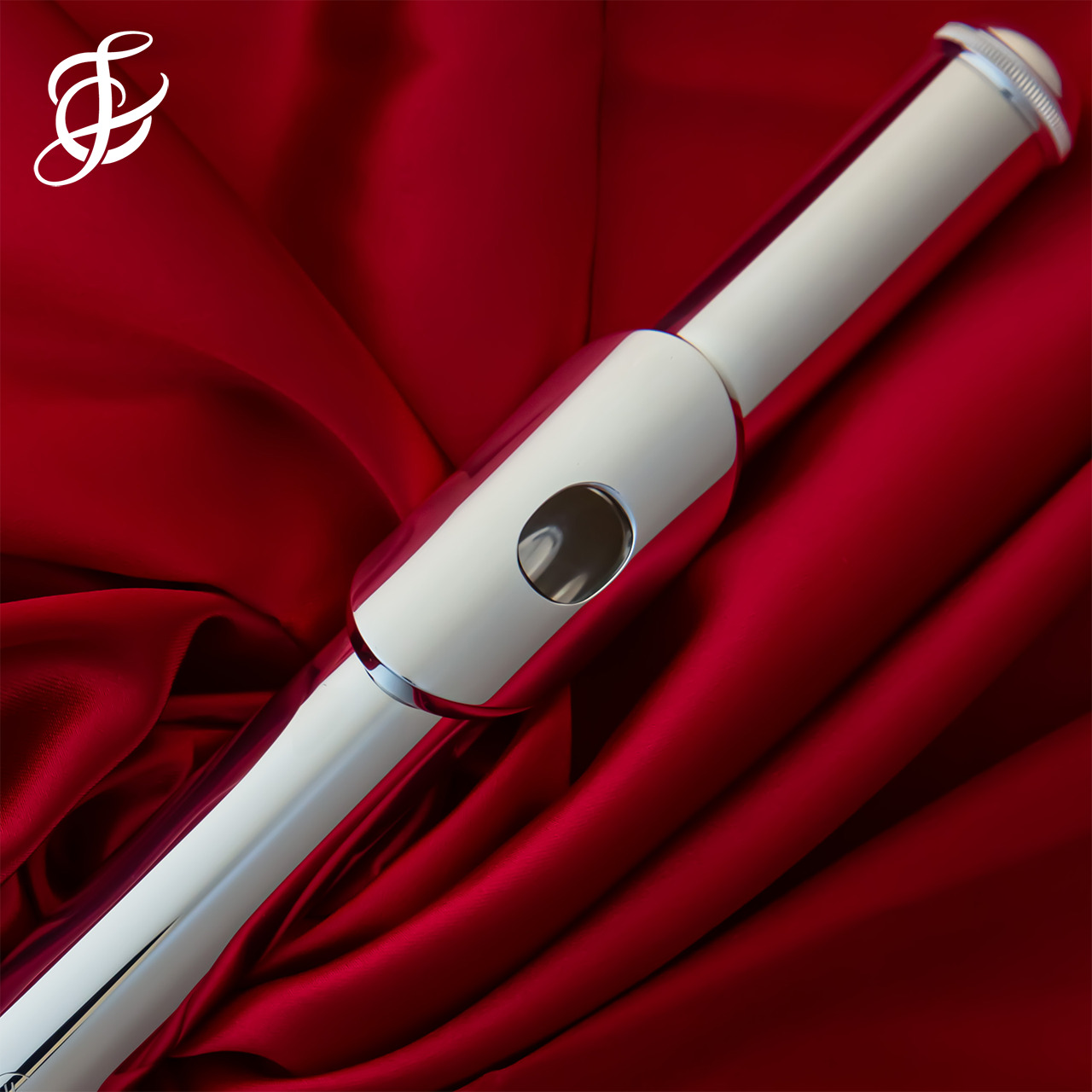
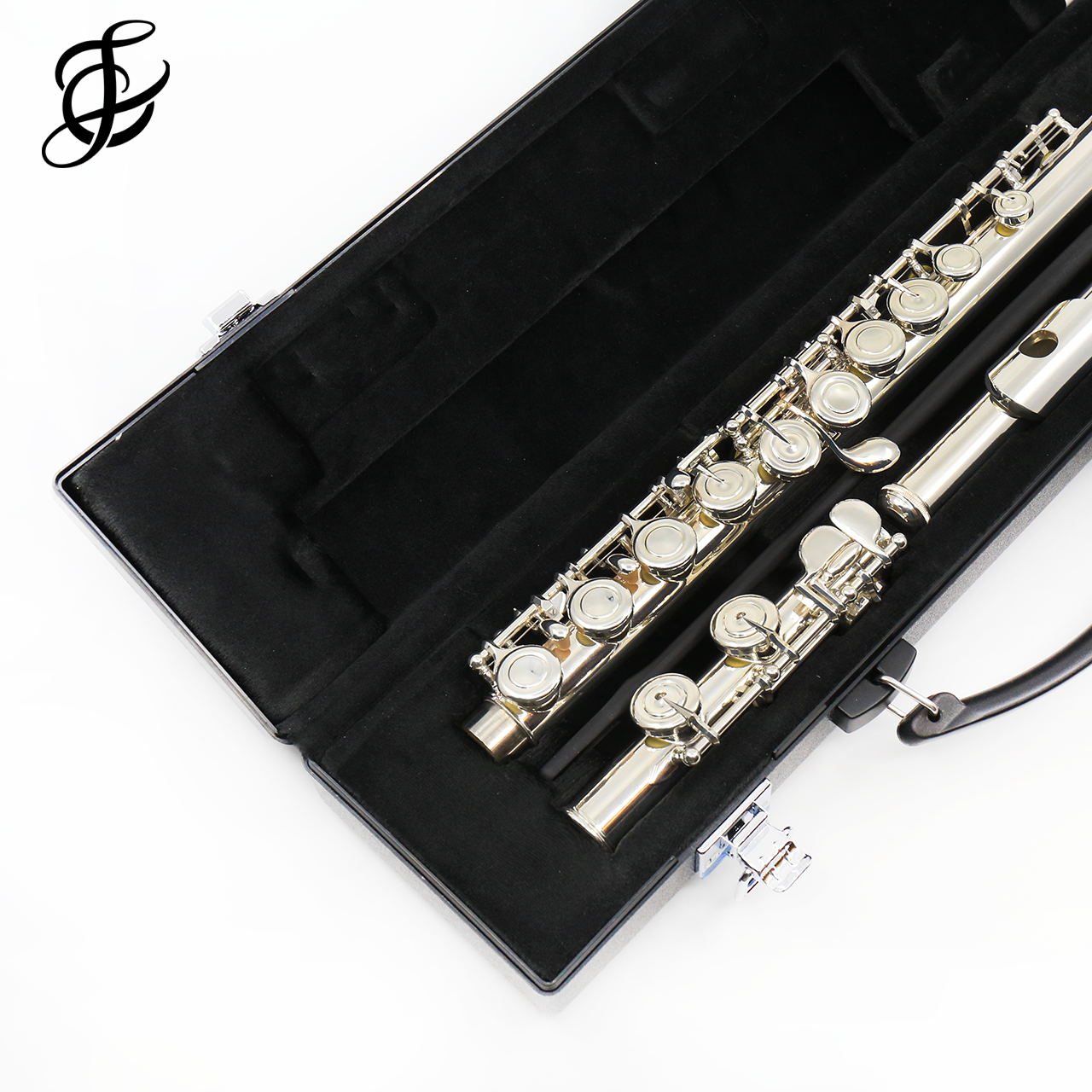
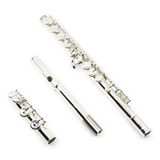
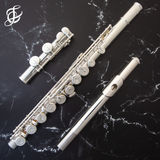

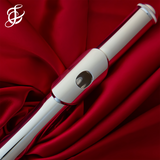

Yamaha Beginner Flute Model 222 - New
Description
Yamaha Flute Model 222 (Formerly Model 221) New
The Yamaha Model 222 is a top choice for students and educators, celebrated for its exceptional quality, durability, and ease of play. Featuring a silver-plated headjoint, body, and mechanism, this closed-hole, plateau-style flute delivers a warm, clear tone ideal for beginner players. Built with Yamaha’s signature precision, pointed key arms, and a C footjoint, the Yamaha 222 provides a comfortable, responsive feel, making it an excellent instrument to support budding musicians as they progress.
Specifications:
- Silver-plated headjoint, body and mechanism
- Closed hole
- Plateau model
- Pointed key-arms
- C footjoint
YFL-222 - offset G, C footjoint
This flute made our list of Favorite Yamaha Flutes!
Note: pricing in video review may be outdated and is subject to change. Please refer to website pricing for up-to-date pricing information.
Free Shipping
Free shipping on US instrument orders: 1-3 day delivery via FedEx (automatically applied at checkout, no code needed!)
Instrument orders require direct signature for your protection and peace of mind.
Processing time: Up to 2 business days
Need it faster? Contact us - we're here to help rush your order!
International shipping available - Please note that international orders may be subject to customs duties, taxes, and fees per your country's import regulations.
12-Month Warranty
12-Month Service Guarantee Included: Every new instrument comes with our Standard Service Guarantee covering all minor adjustments for playability and mechanical issues - at no extra cost for a full year.
Students Save More: If your teacher is a ClubFC member, you get 18 months of coverage instead of 12. Not a member yet? Just enter your teacher's info at checkout for the extended guarantee!
Even More Protection: Available Upgrade to our Concierge Service Guarantee at purchase for comprehensive coverage.
Easy Returns
Flute Center offers a 7-day return window for all instrument purchases made through our website, new or used. For clients who choose to trial instruments before purchasing, there are no returns or refunds after finalizing a sale.
Read our sales and return policy.
Trials
Flute Center offers free in-home trials for all instruments, new and used. Request a free trial today!
Please note that trials are not available on keyless flutes or accessories. Shipping fees may apply - have your flute teacher join ClubFC for teachers for free shipping! Learn more about our trials.
Expert Advice
Questions about this item? Contact our Resident Flutists for expert advice. We would love to help!
Yamaha Beginner Flute Model 222 - New
- Related products
- Recently viewed
Genial

